
GROUP EXHIBITION 'MY IRAN: SIX WOMEN PHOTOGRAPHERS' Smithsonian’s Freer|Sackler Presents a Different View of Iran
Jul 28, 2019 INSPO, Exhibition

My Iran: Six Women Photographers will be on view at the Smithsonian's Arthur M. Sackler Gallery Aug. 10 through Feb. 9, 2020. It is the latest in the museum's ongoing exhibition series of contemporary Asian photography. Drawn from the museum's growing collections, the works of these six female photographers, Hengameh Golestan, Newsha Tavakolian, Malekeh Nayiny, Shadi Ghadirian, Mitra Tabrizian and Gohar Dashti, present multiple visions of Iran that are largely unknown to American audiences.
The works span a period of some 40 years, from the early days of the Iranian Revolution to the present, and offer a female perspective from inside and outside Iran. Sharing a visually poetic sensibility but diverse in scale and format--some images are documentary, others are staged or manipulated--the photographs acknowledge the past and confront the present and capture the photographers' complex relationship to their country of birth.
"Over the past several years, we have assembled an impressive collection of modern and contemporary photographs from Iran," said Chase F. Robinson, the Dame Jillian Sackler Director of the Arthur M. Sackler Gallery and the Freer Gallery of Art. "These works by six exceptional female photographers complement our rich historical holdings and allow us to share with our visitors a nuanced perspective on post-revolutionary Iran."
Public perceptions of Iran have been largely shaped by the upheaval of the Islamic Revolution 40 years ago (1978-79). Golestan (b. 1952) documented the protests that erupted in 1979 after women were ordered to wear the veil (chador) in public. She was one of the few photographers who captured those events. Golestan's photographs embody the short-lived optimism that was felt in the first months of the revolution. The other artists in the exhibition respond to social and cultural changes in post-revolutionary Iran.
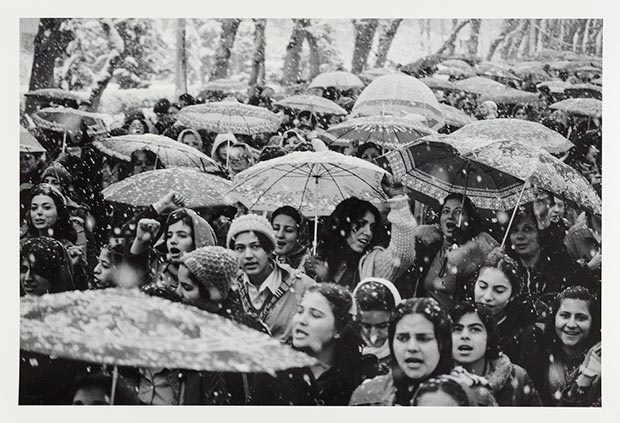 Hengameh Golestan / Courtesy of Freer|Sackler
Hengameh Golestan / Courtesy of Freer|Sackler
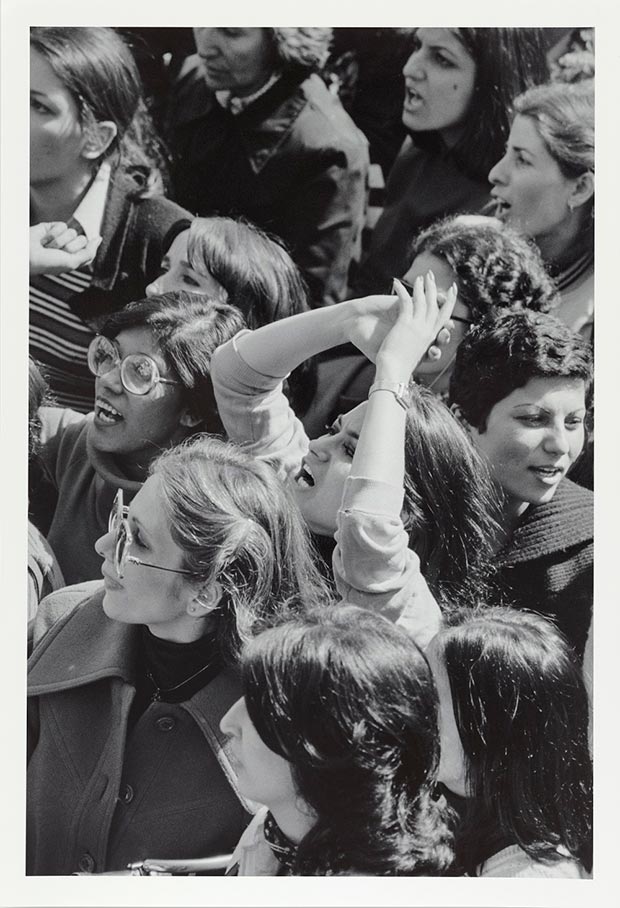 Hengameh Golestan / Courtesy of Freer|Sackler
Hengameh Golestan / Courtesy of Freer|Sackler
Tavakolian (b. 1981) and Nayiny (b. 1955) revisit the notion of the family photo album to reveal personal stories. Tavakolian, who lives and works in Iran, uses video and photography to show the personal struggles of her generation, particularly the impact of political upheaval and war. Her series Blank Pages of an Iranian Photo Album combines social documentary and portraiture to create and recreate the lives of nine fellow Iranians. Each album reveals some of the daily preoccupations and inner conflicts of the subjects as they go about their lives.
Nayiny manipulates early 20th-century photos of her family, revisiting and accentuating memories of her loved ones. Her digital alterations create affecting and personal links to her family and childhood in Iran, which she left in 1980 for France. "Observation" is a response to the loss of her parents and represents an intimate biography and a personal memorial.
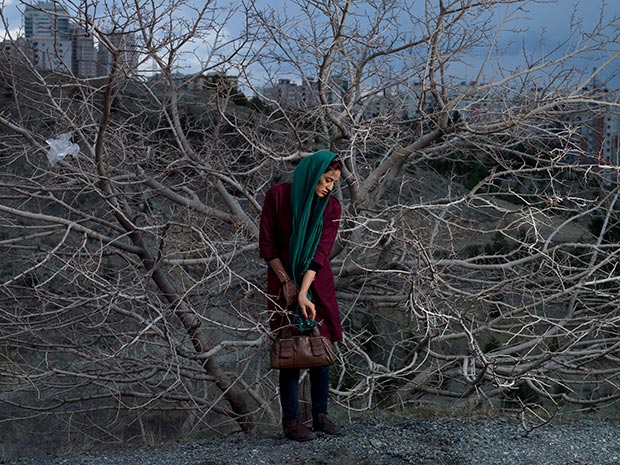 Newsha Tavakolian / Courtesy of Freer|Sackler
Newsha Tavakolian / Courtesy of Freer|Sackler
 Newsha Tavakolian, Portait of Sami / Courtesy of Freer|Sackler
Newsha Tavakolian, Portait of Sami / Courtesy of Freer|Sackler
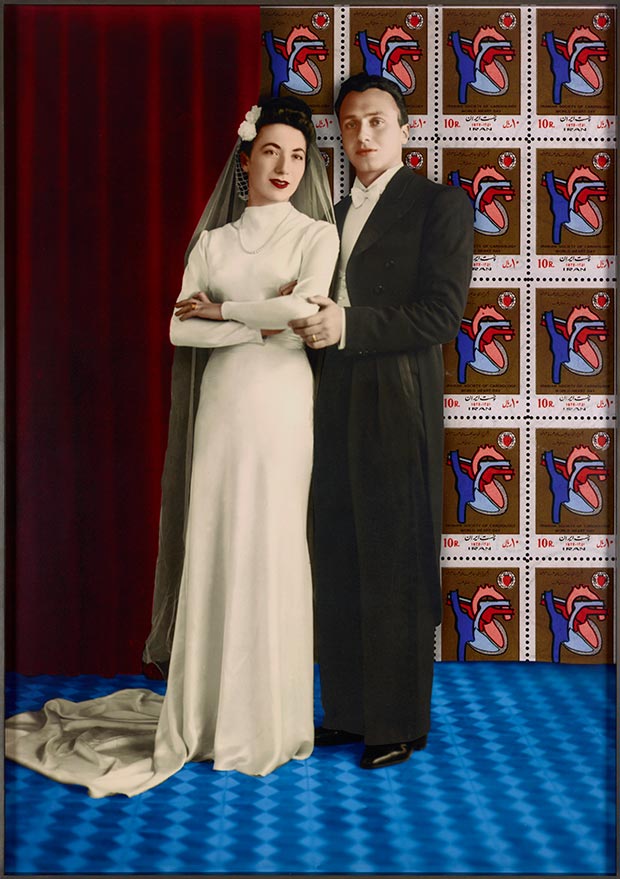 Malekeh Nayiny / Courtesy of Freer|Sackler
Malekeh Nayiny / Courtesy of Freer|Sackler
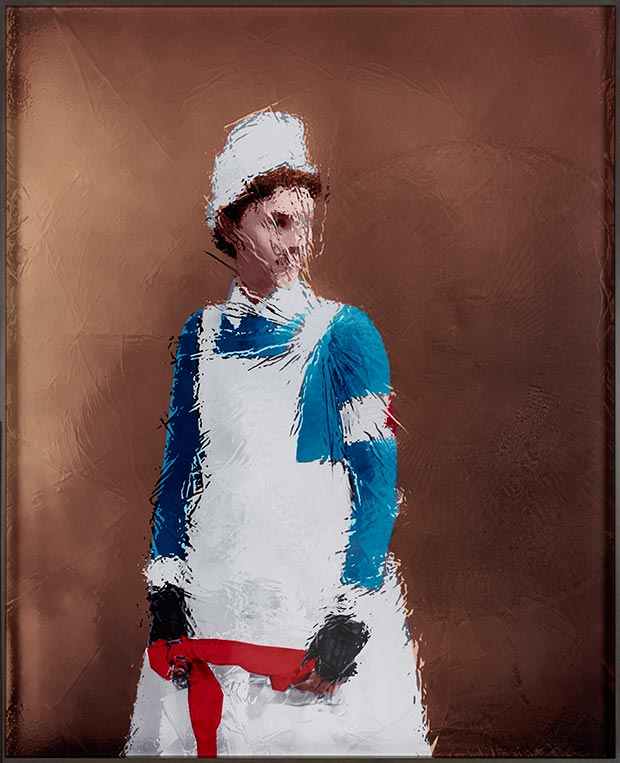 Malekeh Nayiny / Courtesy of Freer|Sackler
Malekeh Nayiny / Courtesy of Freer|Sackler
Further exploring the genre of portraiture, Ghadirian (b. 1974), who works in Iran, examines the world of young women living in Iran after the revolution. Inspired by 19th-century Iranian photography, Ghadirian's women are dressed in historical costume but pose with objects from contemporary life--a soda can, a newspaper, a bicycle. Each object carries a subtle meaning, accentuating the tension between tradition and modernity that has gripped post-revolutionary Iran and shaped the lives of many Iranians, including hers.
 Shadi Ghadirian / Courtesy of Freer|Sackler
Shadi Ghadirian / Courtesy of Freer|Sackler
 Shadi Ghadirian / Courtesy of Freer|Sackler
Shadi Ghadirian / Courtesy of Freer|Sackler
"Although each artist works in a different style and format--from the highly personal to the abstract, from relatively small scale to monumental presentations, the works share a distinct subversive mood, which strengthens their meaning," said Massumeh Farhad, interim deputy director for collections and research, chief curator and The Ebrahimi Family Curator of Persian, Arab, and Turkish Art.
Photographs by the last two artists, Tabrizian and Dashti (b. 1980), are dramatically staged and monumental in size. They also reference common symbols, such as the suitcase--the embodiment of memory, identity and inner conflicts. Tabrizian resides in London, and some of her work portrays Iranian emigres who reluctantly left Iran after the revolution. Dashti, who lives and works in Iran, focuses on subjects who are also caught in a state of physical and emotional limbo but remain in their homeland.
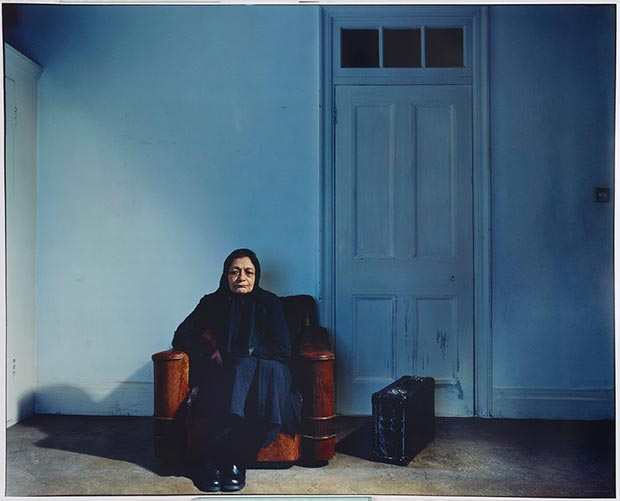 Mitra Tabrizian / Courtesy of Freer|Sackler
Mitra Tabrizian / Courtesy of Freer|Sackler
 Mitra Tabrizian / Courtesy of Freer|Sackler
Mitra Tabrizian / Courtesy of Freer|Sackler
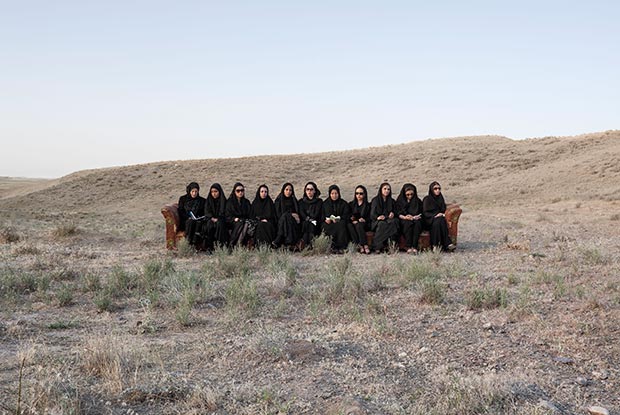 Gohar Dashti / Courtesy of Freer|Sackler
Gohar Dashti / Courtesy of Freer|Sackler
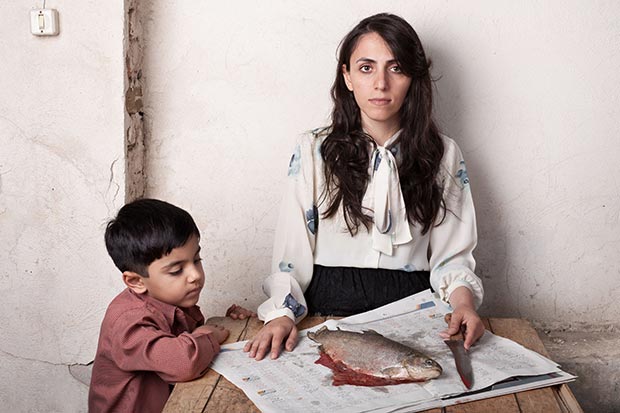 Gohar Dashti / Courtesy of Freer|Sackler
Gohar Dashti / Courtesy of Freer|Sackler
Although all six photographers explore timely and universal issues of loss, alienation and separation, their works still convey a subtle sense of hope and anticipation. The exhibition will be accompanied by a series of public programs that include conversations with some of the artists, as well as lectures and discussions on the role and impact of Iranian women in film, poetry and fiction. My Iran: Six Women Photographers is supported by the Jahangir and Eleanor Amuzegar Endowment for Contemporary Iranian Art; Contemporary Asian Art Endowment; Ebrahimi Family Endowment for Persian, Arab, and Turkish Art; Persian Art Programs Endowment; Mehr Foundation; and UAS Asset Management.
Comments
Add a comment